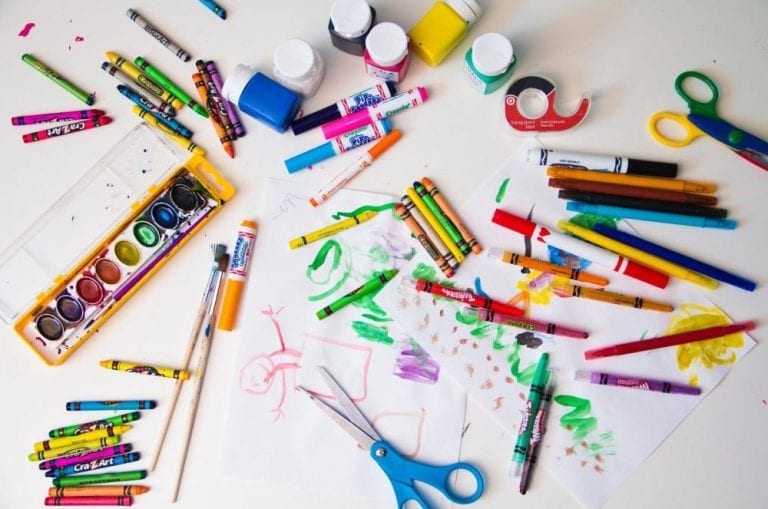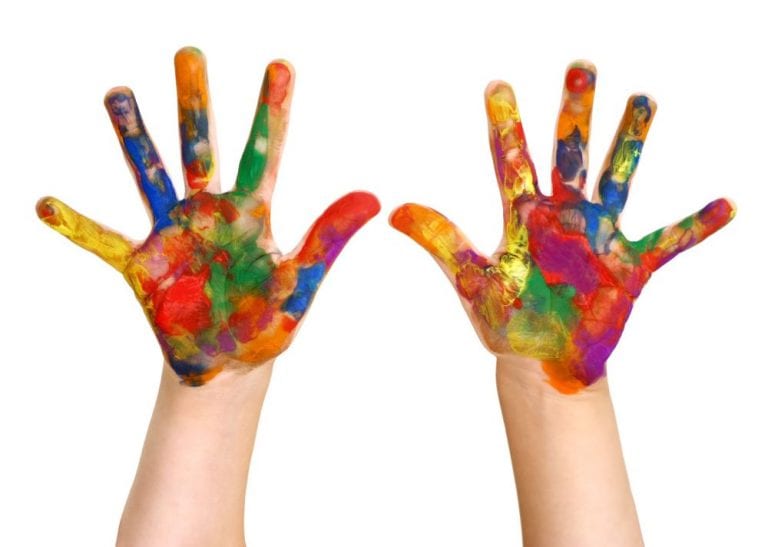Art is so important for education, even though there is an increasing focus on overlooking it – here are the reasons it’s pivotal to a good, balanced learning experience
#1: Creativity
Creativity may seem like a no-brainer when it comes to art in education, but art is a means of expression for a child in a greater way than science or math could ever allow. According to the Washington Post, in arts programs, children are asked to recite monologues or design a painting that represents one of their memories. If a child has the practice to think creatively, it will come instinctively at that point and in their future career.
#2: A Higher Level Of Academic Performance
Contrary to popular belief, the arts do not develop a child’s creativity exclusively – the skills acquired in the arts will spill over to academic achievement. According to PBS, a scientific report by Americans for the Arts indicates that young people participating regularly in art (approximately three hours per day for three days per week throughout one year) are four times more likely to be identified as high academic achievers, to participate in a science and math fair, or win an award for writing a poem or essay than young people who do not engage in art programs.
#3: Improved Motor Skills
Improved motor skills apply mostly to children who play an instrument or do art. The simple elements, such as holding a paintbrush or using a crayon, are essential to developing a child’s fine motor skills. Experts at the National Institutes of Health state that developmental milestones around the age of three should include the use of safety scissors and drawing a circle; however, at age four, the child should be able to begin cutting straight lines and draw a square.

image source: medfordsun.com
#4: Increased Confidence
It is a well-known fact that mastering a subject can increase a student’s self-confidence, but there is something special about participating in arts programs. Standing on a stage and singing or playing an instrument allows children the change to step outside of their comfort zone and engage with the world. As they increase their skills and view their progress, a child’s level of self-confidence will steadily increase.
#5: Improved Visual Learning
Young children benefit greatly from painting, drawing and sculpting in the art as this helps to develop their visual-spatial skills. According to the Art and Design Department Head at Northern Illinois University, Dr Kerry Freedman, children need to experience more about the world than what they are able to learn via numbers and text. Freedman feels that art education teaches children how to use the information, interpret it, criticize it, and make informed choices based on it.
#6: Decision Making
Believe it or not, participating in the arts can strengthen one’s critical thinking and problem-solving skills. For example, a child can question how to express a feeling via dance or which character they should play using a specific acting technique. Learning to make these decisions and choices will spill over into other parts of their life, such as education. It is considered a highly valuable skill in adulthood.

image source: gid-burbon.info
#7: Perseverance
Speaking from personal experience, I know that the arts are a challenging field. When I was attempting to learn and master the clarinet, there were numerous times when I was so frustrated I was at the brink of quitting; however, I did not. After a lot of hard work and practicing, I learned that perseverance can pay off in the end. This perspective will matter as a child grows, particularly if they opt for a career where they will require continuous development of new skills through difficult projects.
#8: Improved Focus
As a person perseveres to finish a painting, learn a new speech in a play, or learn a new song – focus is the key word. Focus is essential for all areas of learning and studying, but it is also important later on in life when looking at careers. If you want to know more about why art needs to get more attention, read this from Tradewind.
#9: Collaboration
The majority of arts, such as theater, choir and band, require children to work together. In this situation, they need to share responsibilities and compromise to achieve the overall goal. Children learn that a contribution to the group is required for success, even if they do not have a lead role or hold the solo.
#10: Accountability
Similar to collaboration, children in the arts learn they are accountable for the contributions they make to the group. For example, if they mess up, they realize that they must take responsibility for the failure. Mistakes are part of life, and learning to accept the errors will help one move along successfully.
